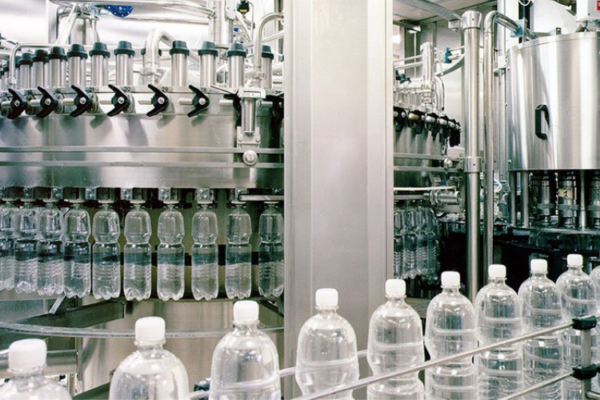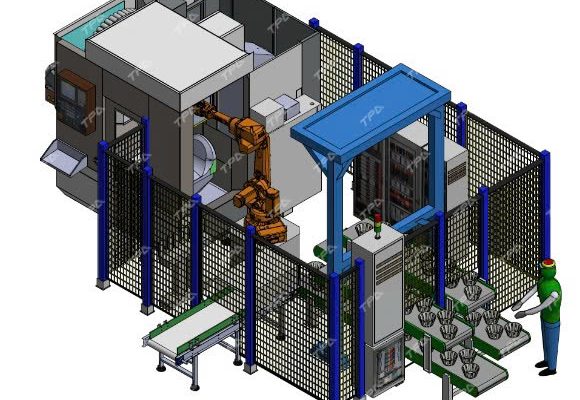Agriculture is a sector that includes both crop cultivation (such as wheat, grains, etc.) and animal husbandry. In this industry, automation plays an increasingly important role. The nature of agriculture requires a large workforce and production on a significant scale. Therefore, automation has become essential to optimize processes and harness the full benefits this technology brings. By integrating automation, farms can increase efficiency, reduce labor costs, and improve productivity, leading to higher outputs and more sustainable practices. Furthermore, as the demand for food rises globally, automation helps meet these challenges more effectively. Consequently, the development of automated solutions in agriculture is critical for the future of food production.
Similar to other industries, automation in agriculture involves the use of modern machinery and equipment to replace human labor, aiming to enhance labor productivity and free people from heavy workloads.
By applying machinery, robots, and intelligent control systems to automate many processes in agricultural production, many companies have introduced specialized robots for the industry today.

Some processes that companies have automated include:
The advantages of automation in agriculture include:

The automatic bottle filling machine is an essential device in modern production lines, designed to automate the process of filling liquid products into packaging quickly and efficiently. With advanced technology,…

Our Stamping Solution provides an efficient, high-speed method for producing stamped components from metal and plastic materials. Using automated stamping machines, robots, sensors, vision systems, conveyors, etc., to meet the…

Smart warehouses is a storage system that utilizes advanced technologies such as automation, the Internet of Things (IoT), Artificial Intelligence (AI), and Big Data to efficiently and accurately manage storage,…

In the context of the mobile phone manufacturing industry increasingly requiring high speed and precision, the application of automation technology to the product quality inspection line is becoming an inevitable…